Doctor Ngo Tuan Anh - Head of the Department of Cardiovascular Surgery, 108 Central Military Hospital said that cardiovascular disease is considered a "silent killer" because the mortality rate is currently higher than cancer and diabetes.
Heart disease causes damage to heart tissue, while the heart is unable to repair this damage. Using stem cells to repair heart damage and help the heart recover its original function is a solution that scientists and cardiologists have been interested in recently.
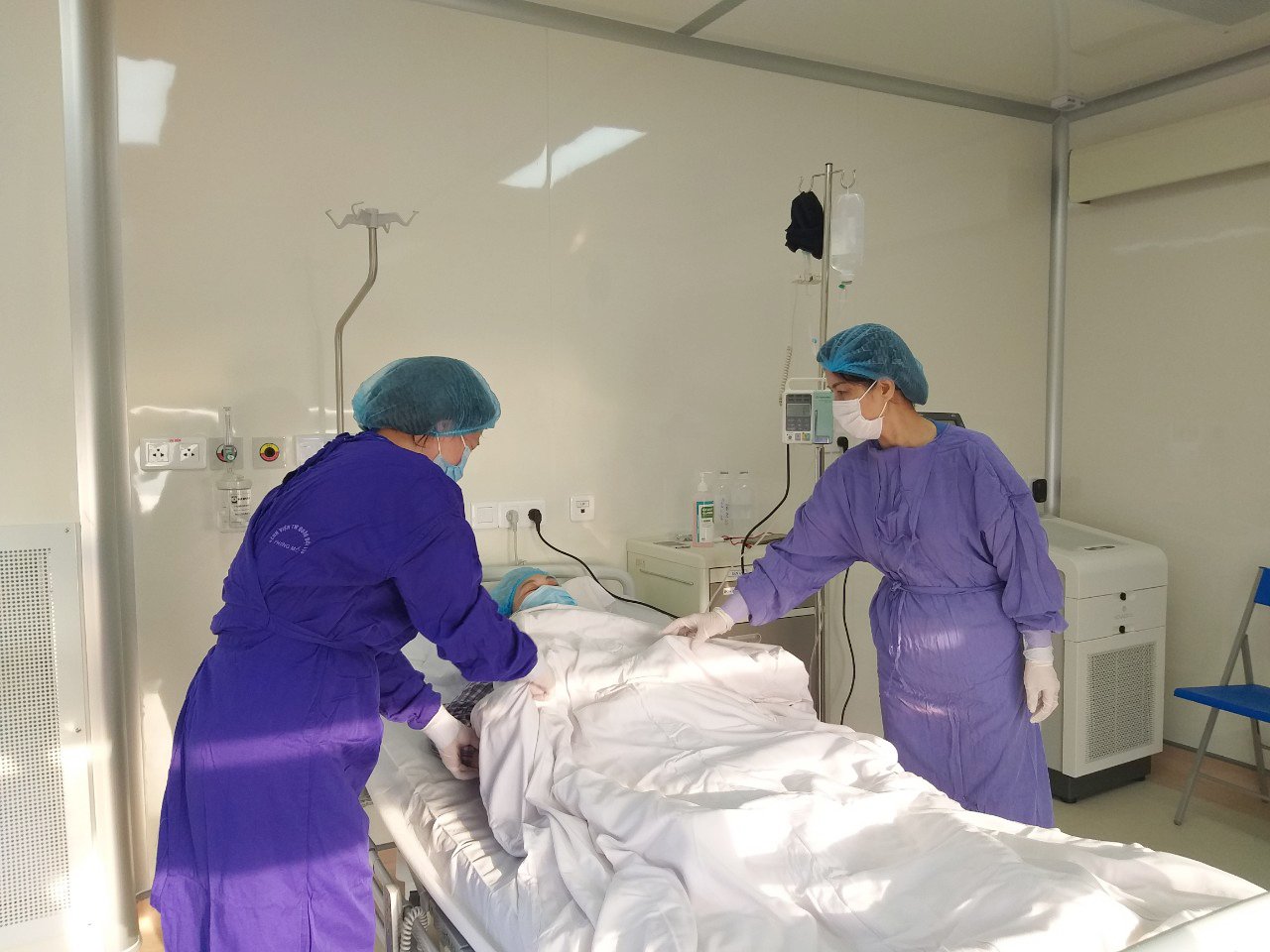
Using stem cell therapy to treat patients with cardiovascular damage (photo source: 108 Military Central Hospital).
Current treatments help improve symptoms and slow the progression of heart failure, but cannot help regenerate or completely restore damaged heart muscle.
Heart transplantation is the only treatment for heart failure, but because the source of donated hearts is very limited and the cost is expensive, the indications are limited.
The use of stem cells in the treatment of cardiovascular disease is still in its infancy, but it is a promising approach.
Stem cells are a unique type of cell characterized by two important features: the ability to self-renew and the ability to differentiate into many different cell types.
When applying stem cells in regenerative medicine, it is important to understand the potency of each cell type and their mechanism of action.
Some cells can be injected directly into selected tissues, allowing direct engraftment, differentiation, and replacement of diseased cells.
In contrast, some cells rely on paracrine effects, which involve secreting factors to stimulate the patient's own cells to repair damaged tissues. A basic understanding of the potency of each cell type is key to recognizing the differences in therapeutic mechanisms of action between cell types.
According to Dr. Ngo Tuan Anh, so far, embryonic stem cell lines, induced pluripotent stem cells and adult stem cells have been tested in the treatment of chronic heart failure.
In particular, mesenchymal stem cells (MSCs) - a type of adult stem cell most commonly used in clinical research - are mainly derived from bone marrow, adipose tissue, and umbilical cord blood.
Evidence from preclinical and clinical studies suggests that MSCs may provide some benefits in the treatment of myocardial infarction and heart failure due to their high potential for direct angiogenesis and myocardial regeneration.
Furthermore, MSCs exhibit important regenerative properties such as immunomodulation and promote antifibrotic, angiogenic, and antioxidant effects, thus having the potential to be an excellent treatment for heart failure.
Stem cells can be introduced into the body by a number of different methods such as direct injection into the heart, into the coronary artery, intravenous infusion, etc.
Researchers also found that stem cell therapy may reduce major cardiac events in people with heart failure.
The study included 537 people with heart failure. Of these people, 261 received stem cell injections into their hearts and 276 received a placebo.
After 30 months, compared with the control group, those who received stem cells had a 65% reduction in non-fatal heart attacks and strokes.
However, there was no reduction in heart failure hospitalizations in the stem cell group. Another important finding was that stem cell treatment reduced cardiac deaths by 80% in people with stage 2 heart failure.
Currently, the use of stem cells is divided into two strategies: one involves using 3D bioprinting technology with templates to improve the survival rate of transplanted stem cells. The second approach involves not using stem cells but instead delivering exosomes suspended with proteins, deoxyribonucleic acid, microribonucleic acid, and various growth factors.
These questions will need to be addressed in clinical trials before cell therapy becomes a mainstream treatment in clinics. In all likelihood, the treatment could save millions of lives in the future if it proves safe and effective.
Currently, at the 108 Central Military Hospital, stem cell therapy has been used to treat myasthenia gravis and systemic lupus erythematosus.
Source


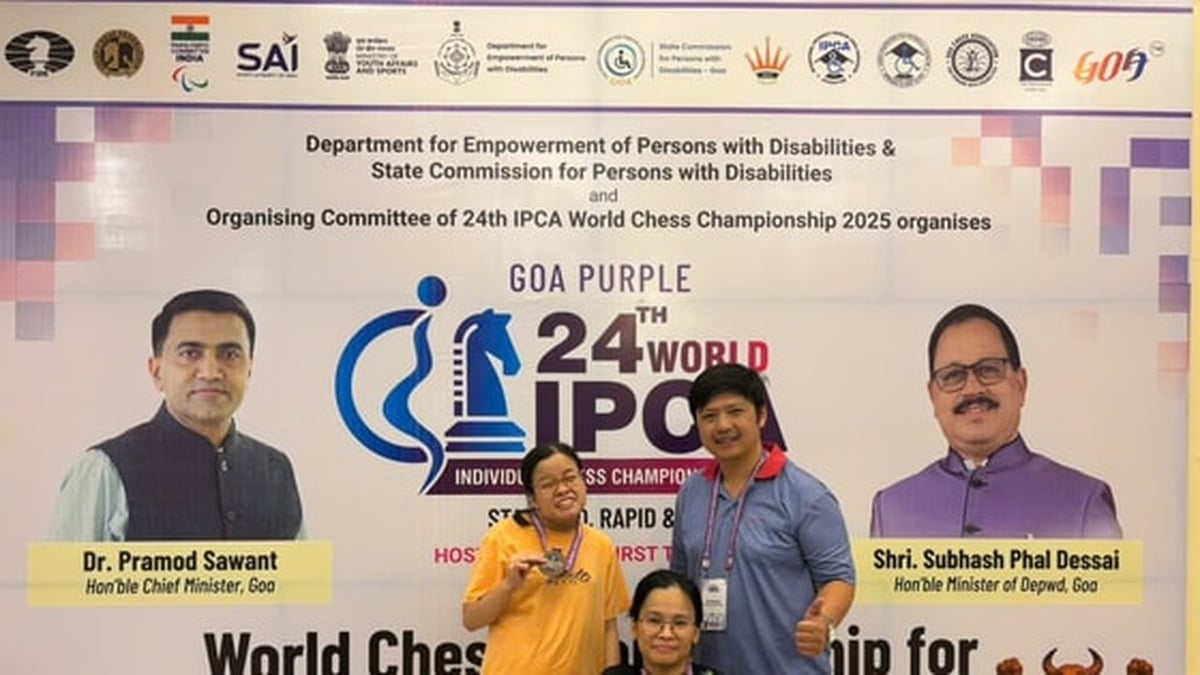





















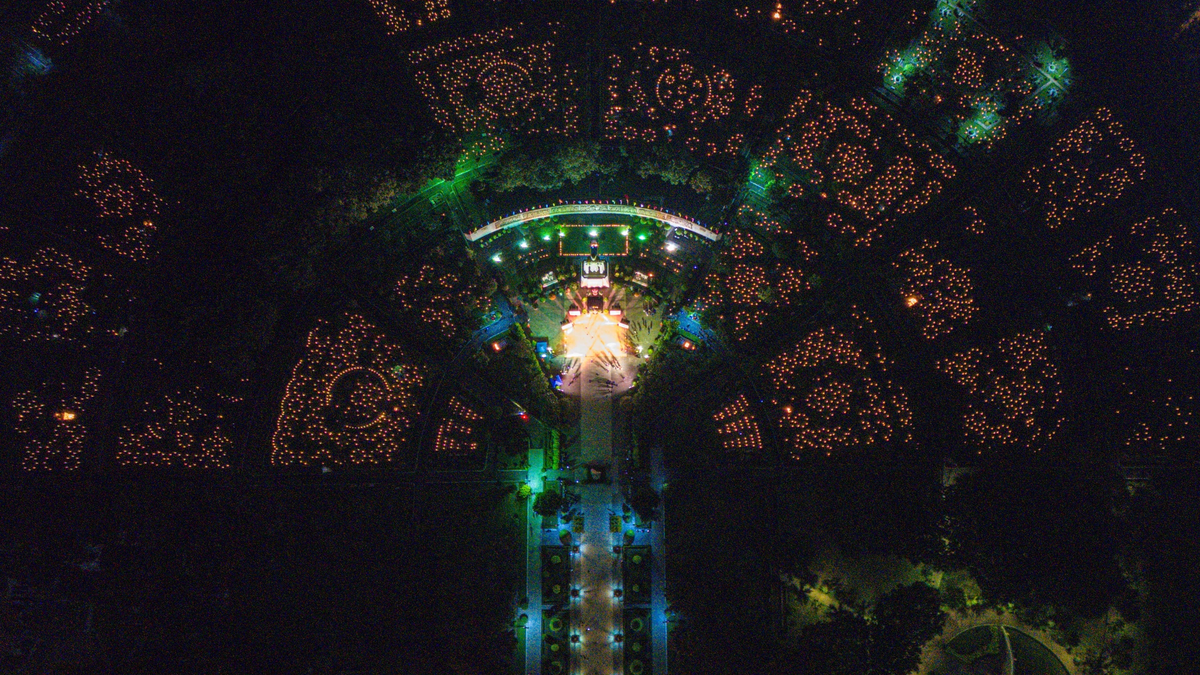

















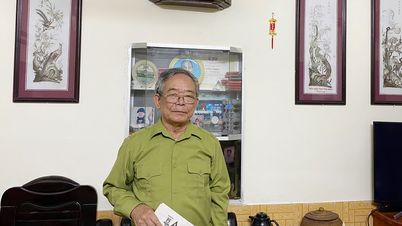








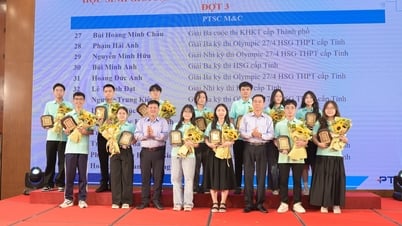















































Comment (0)